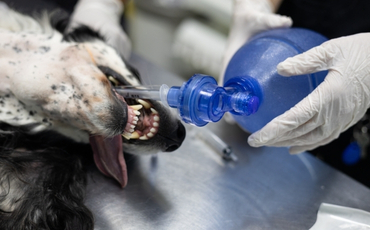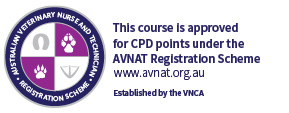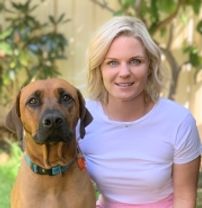


This Online Masterclass will answer all of these questions and is specifically designed to assist advanced veterinary nursing students and experienced veterinary nurses working in industry. In this session, we will bring you up to speed on the latest methods to ensure your patients stay safe.
Unfortunately, access to a mechanical ventilator is not always possible when required and further, most of us have not been taught to manually ventilate patients correctly. A thorough understanding of respiratory physiology and the principles of patient ventilation is therefore essential for performing effective manual ventilation during anaesthesia.
Anaesthetic drugs commonly cause respiratory depression by acting on the respiratory centre in the brainstem, as well as central and peripheral chemoreceptors, leading to a reduced ventilatory drive. Certain patients, including obese, brachycephalic, geriatric, and trauma cases, are particularly likely to require manual ventilation provided by the veterinary nurse or technician monitoring the anaesthetic.
This masterclass webinar will explore how hypoventilation, altered lung volume and compliance, and atelectasis caused by incorrect manual ventilation can contribute to hypoxaemia and hypercapnia in anaesthetised patients. Videography will also be used to demonstrate correct manual ventilation techniques, including the appropriate use of the adjustable pressure-limiting (APL) valve, to support safe and effective clinical practice.
You will also have the opportunity to ask questons and engage with our experts.

The Australian Veterinary Nurse and Technician (AVNAT) Regulatory Council has allocated 2 AVNAT CPD points to this continuing education activity.
Date: Tuesday, 14th October 2025
Time: 7.30pm – 9.00pm
Location: Virtual Session (access details will be sent closer to the webinar date)
Fees: $40.00 per person
Our anaesthetic webinars are popular! Make your booking now by clicking on the ENROL button below.
Caroline Kaiser Cert IV Veterinary Nursing, Graduate Certificate in Education, Master of Education (MEd)

Caroline began her veterinary nursing career in a mixed practice at a country clinic in New South Wales, where she completed her Certificate IV in Veterinary Nursing. After five years, she relocated to Brisbane to take on a specialised nursing role encompassing surgery, oncology, intensive care, and anaesthesia. Following four rewarding years, Caroline moved to Singapore to gain international experience before returning to Australia, where she worked in a specialist hospital in Melbourne and later settled in Perth.
In Perth, Caroline completed a veterinary traineeship in anaesthesia and analgesia at Murdoch University, remaining as an anaesthesia technician until December 2022. During this time, she also achieved a Graduate Certificate in Tertiary and Adult Education and later completed a Master of Education (MEd) by research, also through Murdoch University. Her research is scheduled for publication this year.
Alongside her clinical career, Caroline also worked as a Trainer and Assessor for AVT, supporting students to develop their knowledge, skills, and confidence in veterinary nursing.
In 2023, Caroline moved to London with her husband and daughter to work in a progressive small animal first-opinion practice. She is now based in Johannesburg, South Africa, where she plans to deliver education to veterinary nurses and contribute to volunteer work. Along the way, Caroline, her Rhodesian Ridgeback Roger, and rescue cat Maple have travelled the world together.
| Name | Date | |
| Understanding respiratory physiology and manual ventilation in the anaesthetised patient for Vet Nurses | 14/10/2025 |
The leader in delivery of Australian Nationally Recognised Qualifications including ACM20121 Certificate II in Animal Care (formerly Animal Studies), ACM30122 Certificate III in Animal Care Services, ACM40818 Certificate IV in Veterinary Nursing and ACM40322 Certificate IV in Animal Behaviour and Training.
Applied Vocational Training (AVT) delivers a range of qualifications and short courses for students wishing to pursue a career working with animals.
AVT is a Registered Training Organisation based in Perth, Western Australia, providing on-campus and online courses to students studying throughout Australia. More about us →
We acknowledge the traditional owners of the land where our campus is based, the Whadjuk people of the Noongar Nation. We pay our respects to Elders past, present and emerging and we commit to walking alongside our indigenous brothers and sisters. We extend that respect to the Aboriginal and Torres Strait Islanders in our community.
Applied Vocational Training (AVT) is proudly a Registered Training Organisation (RTO 5273).